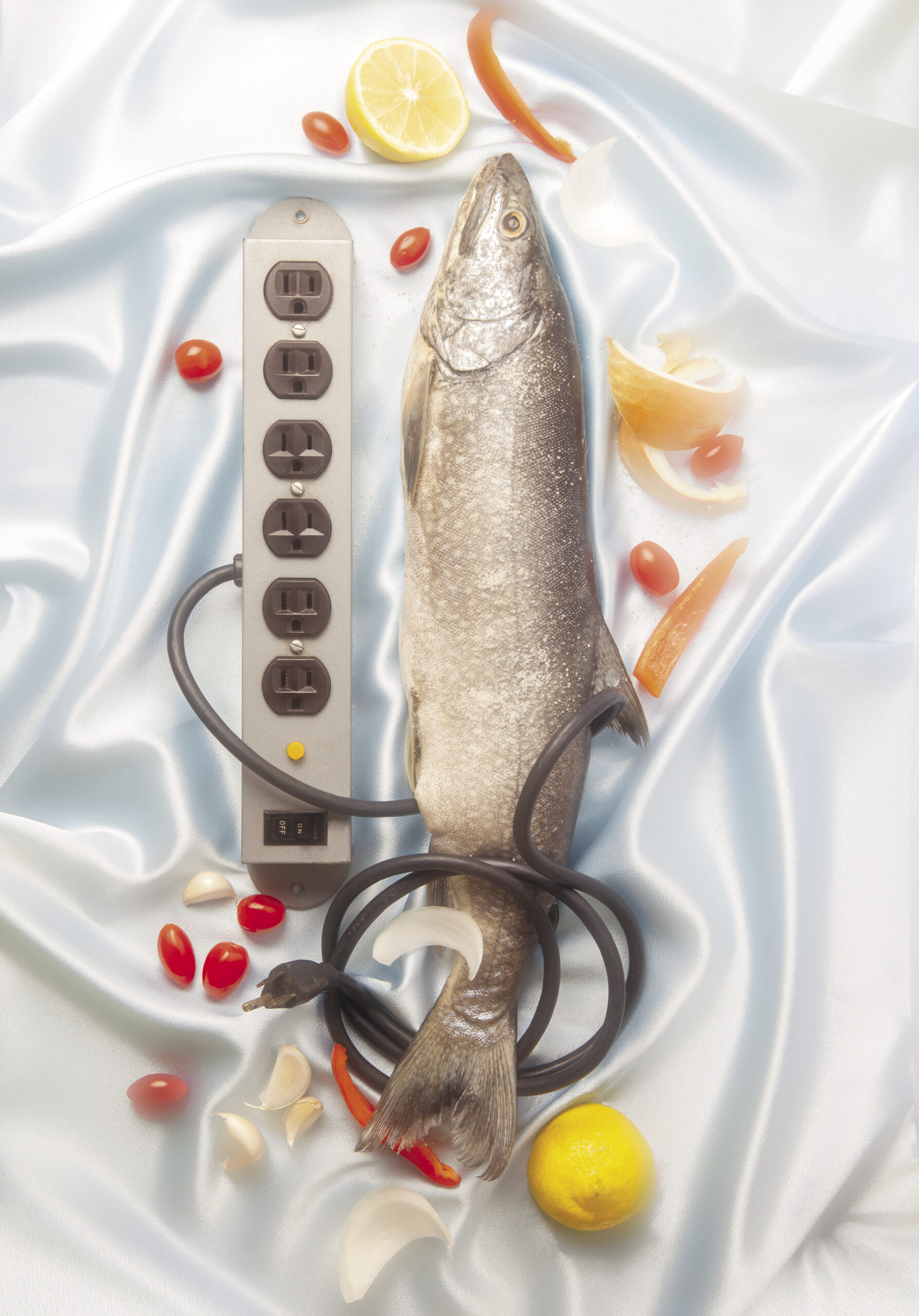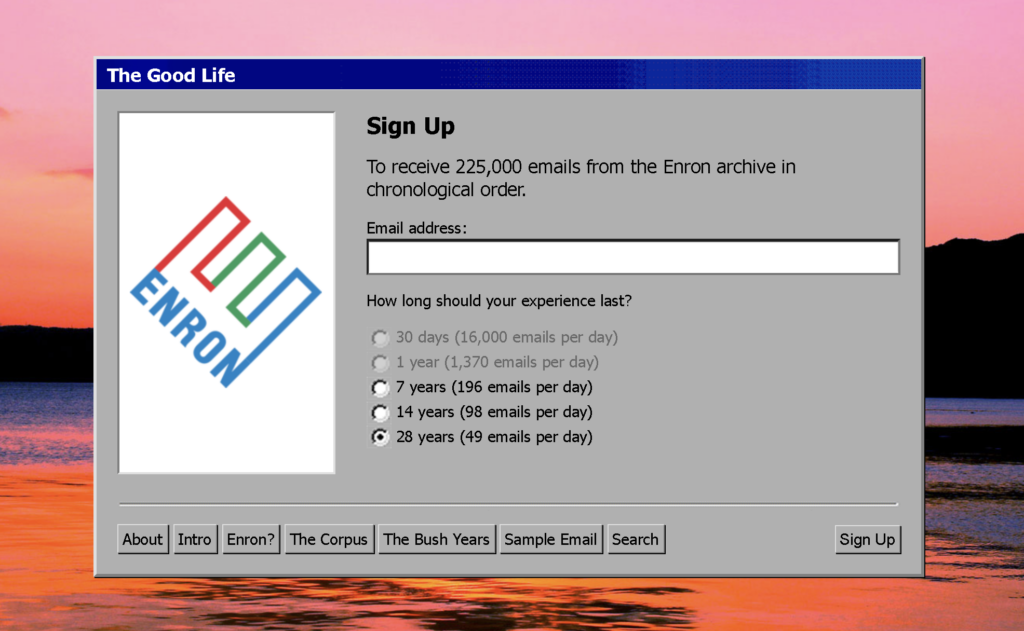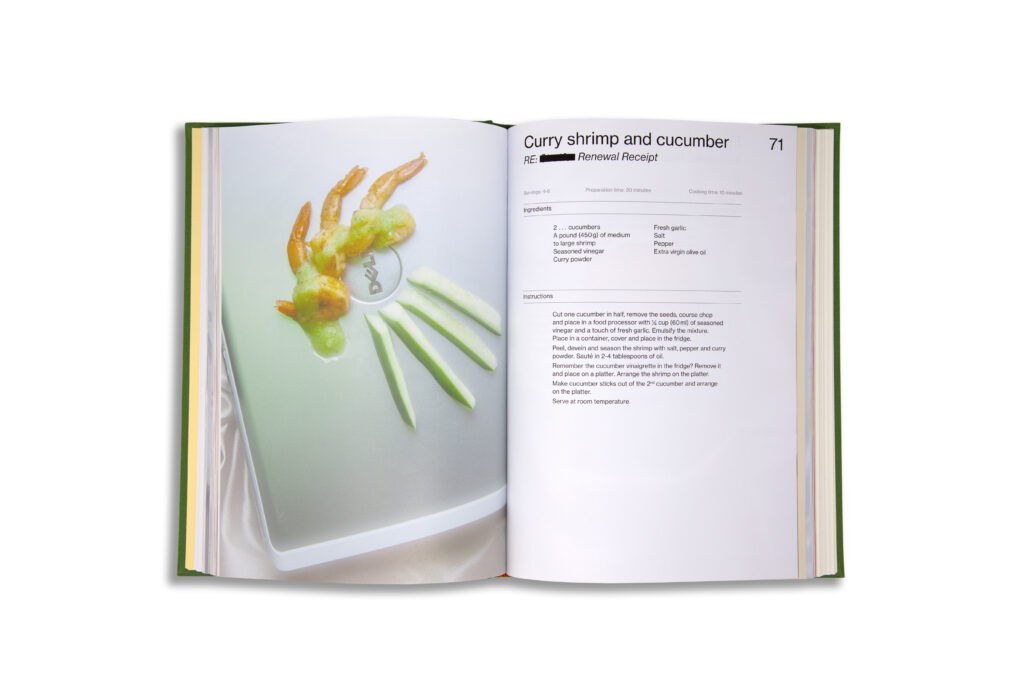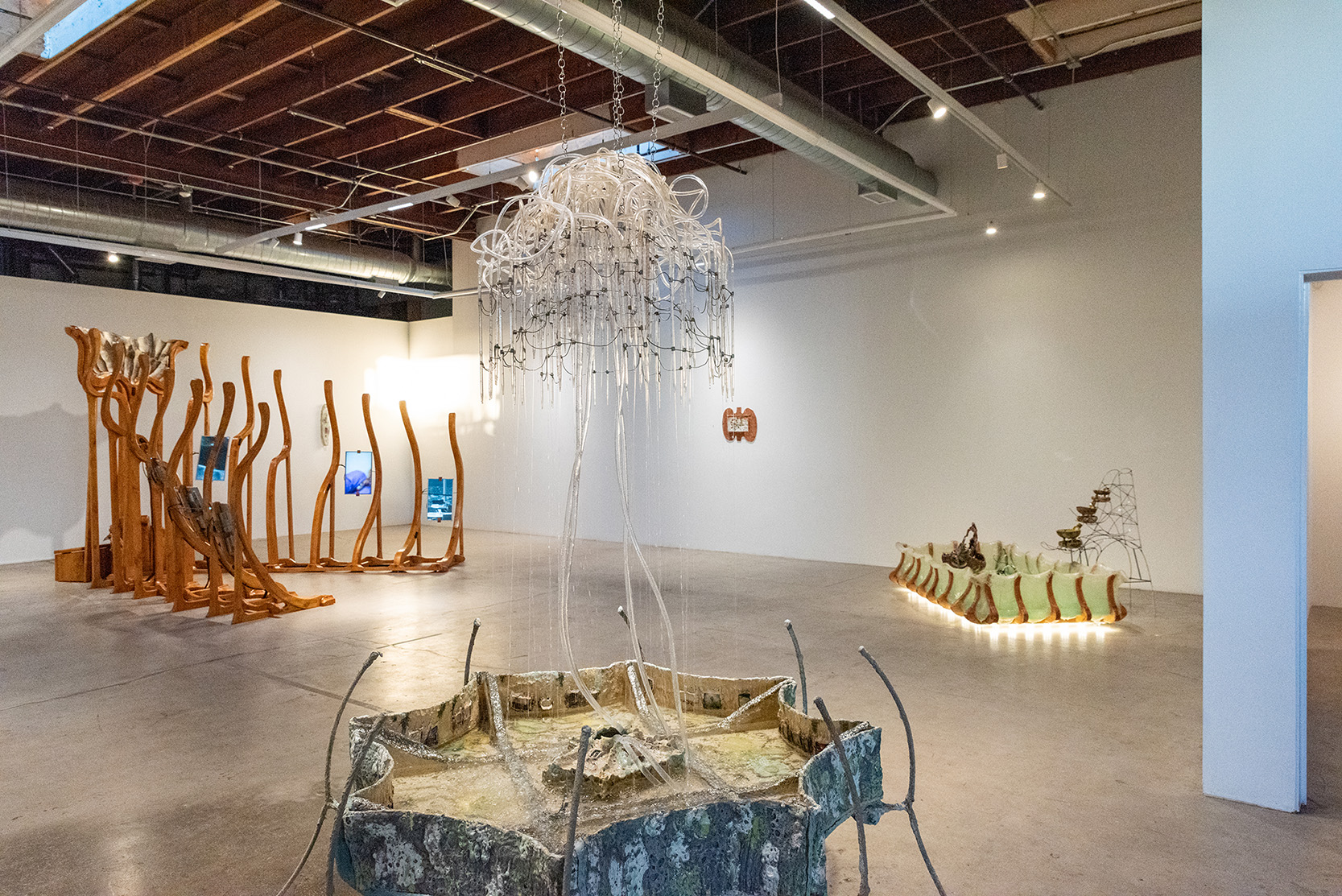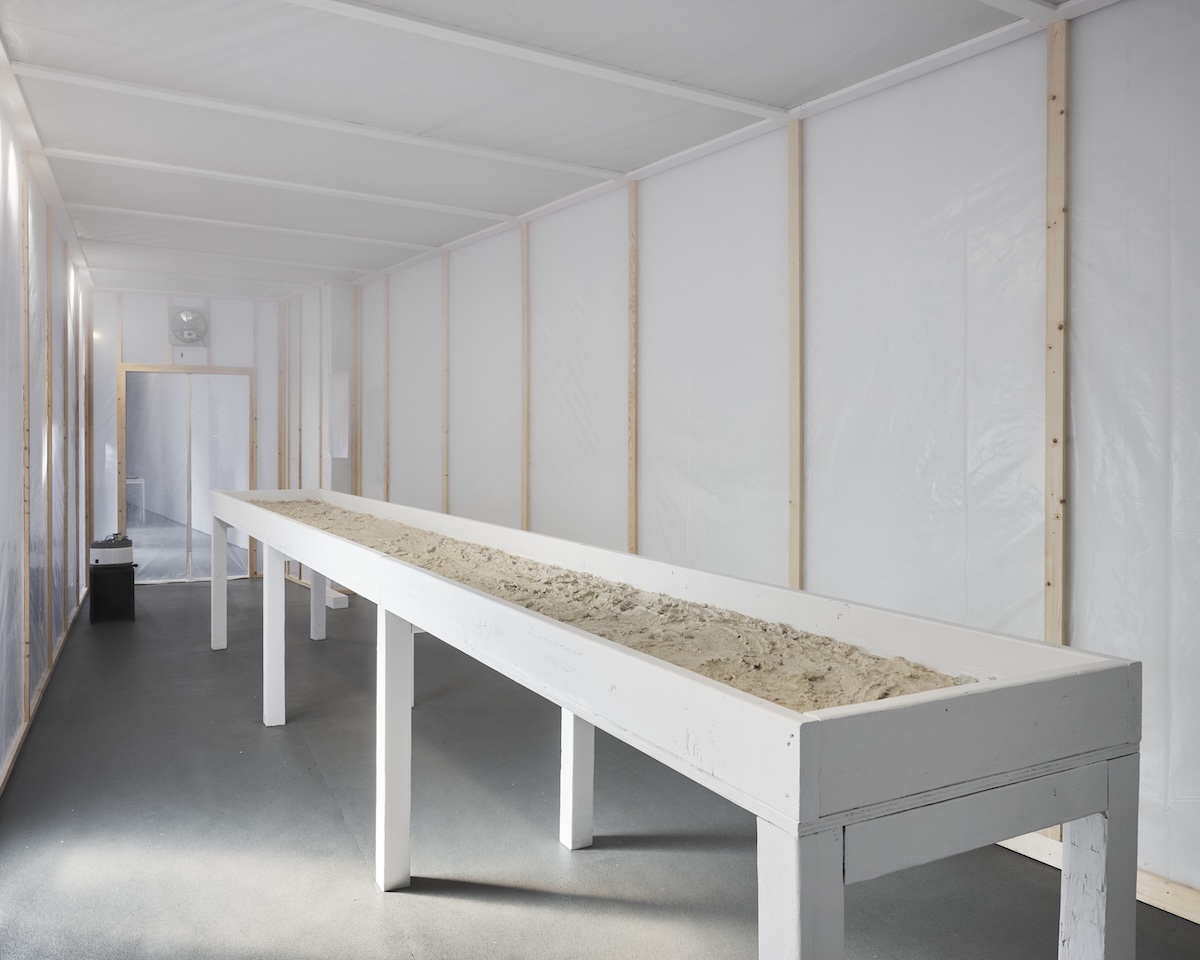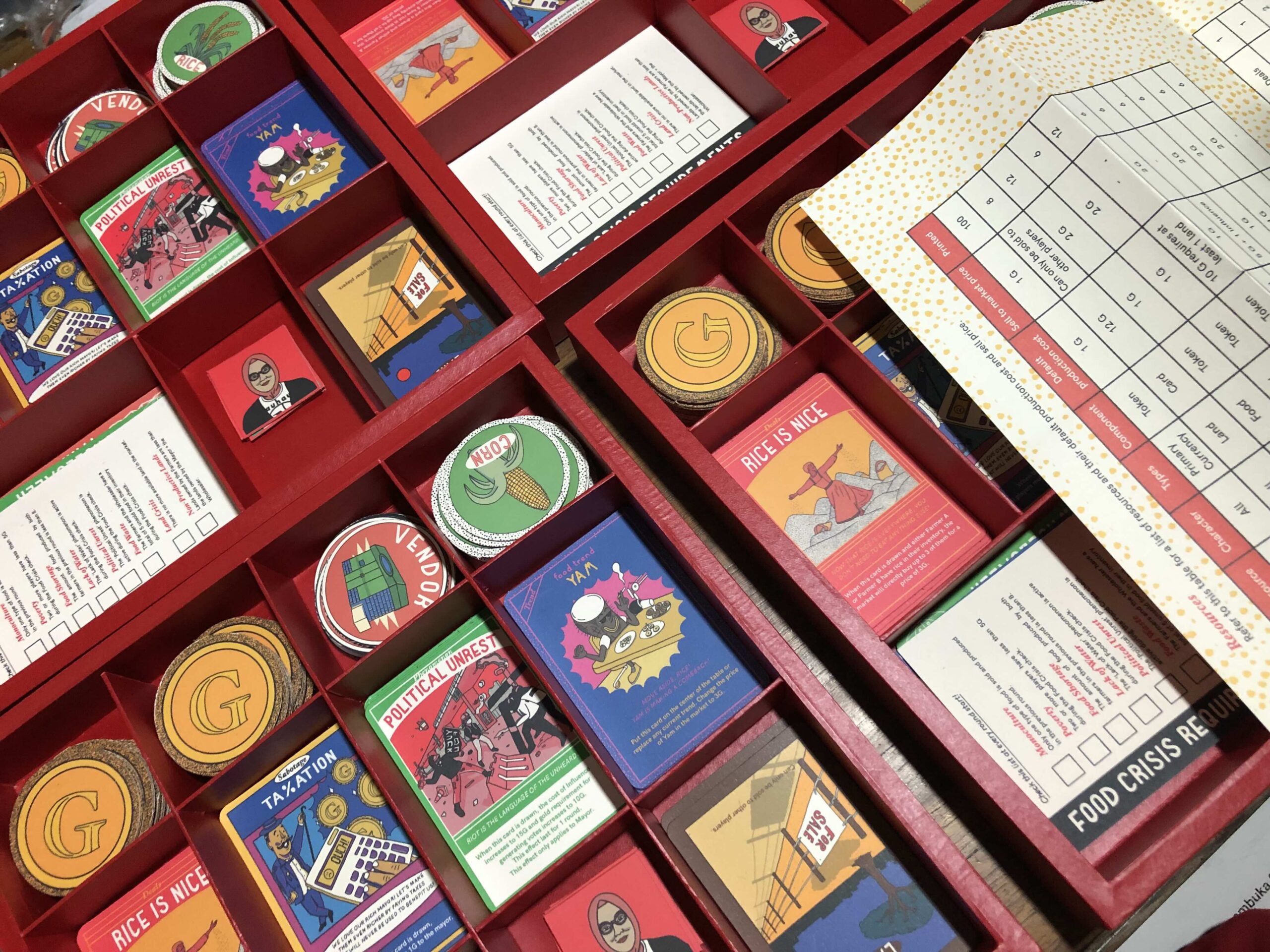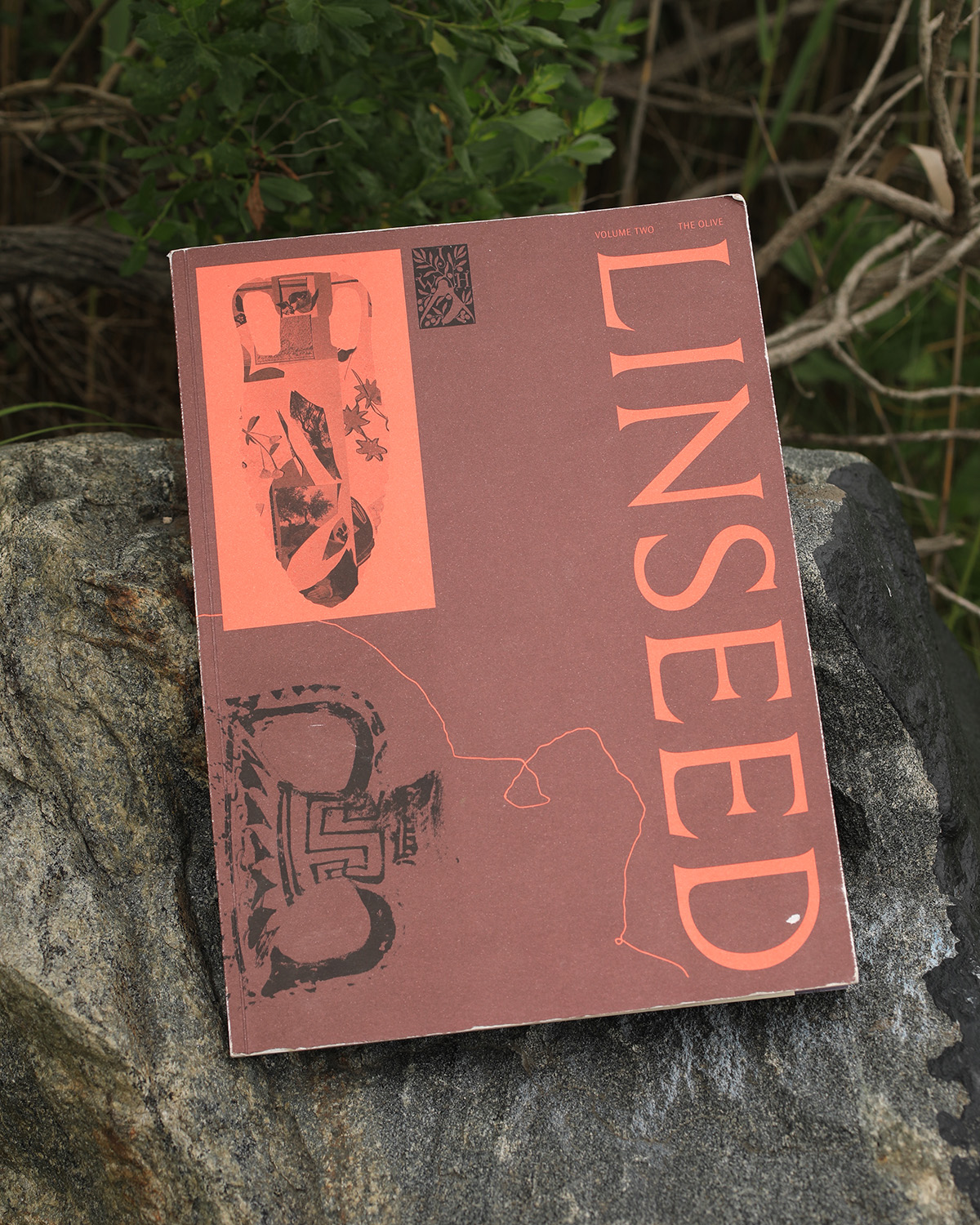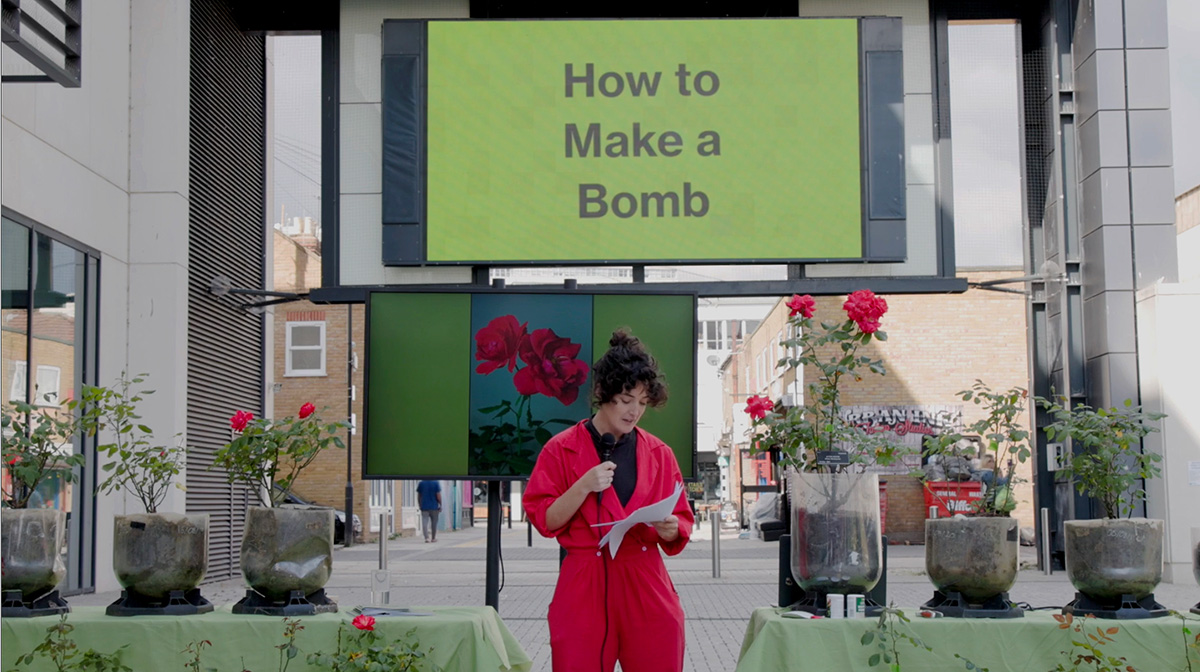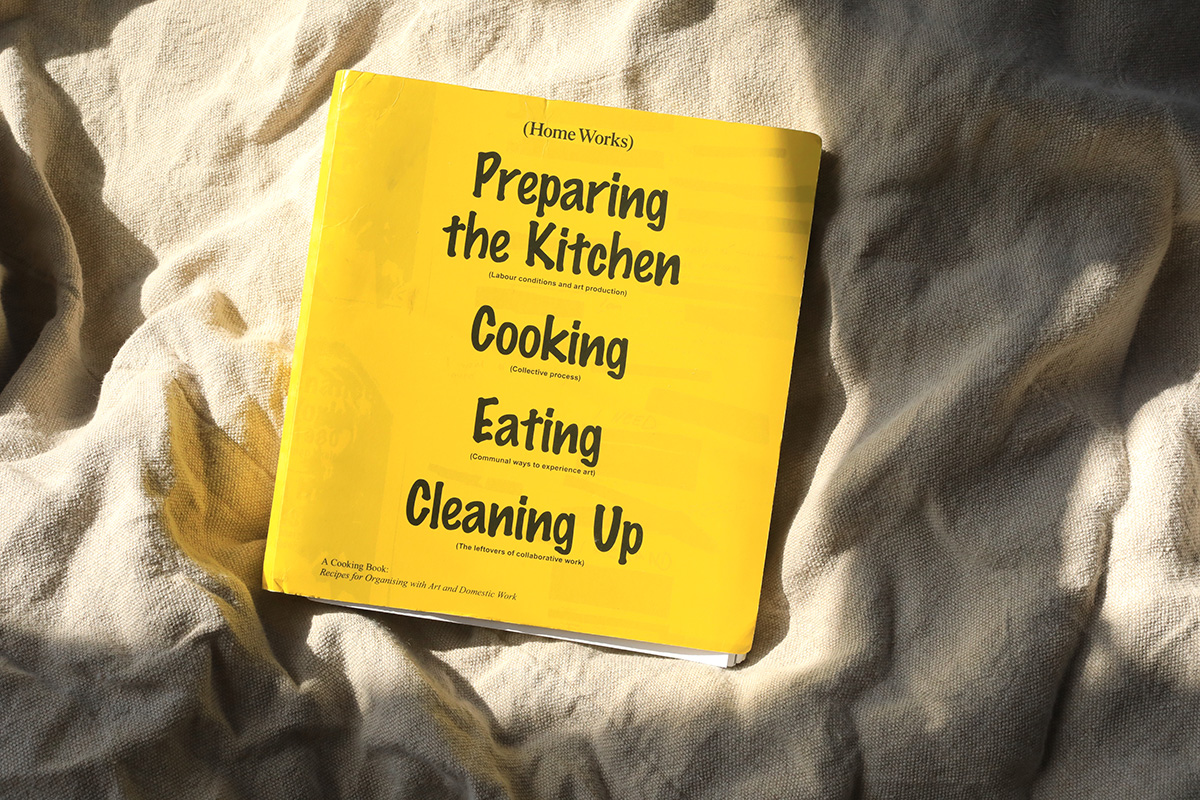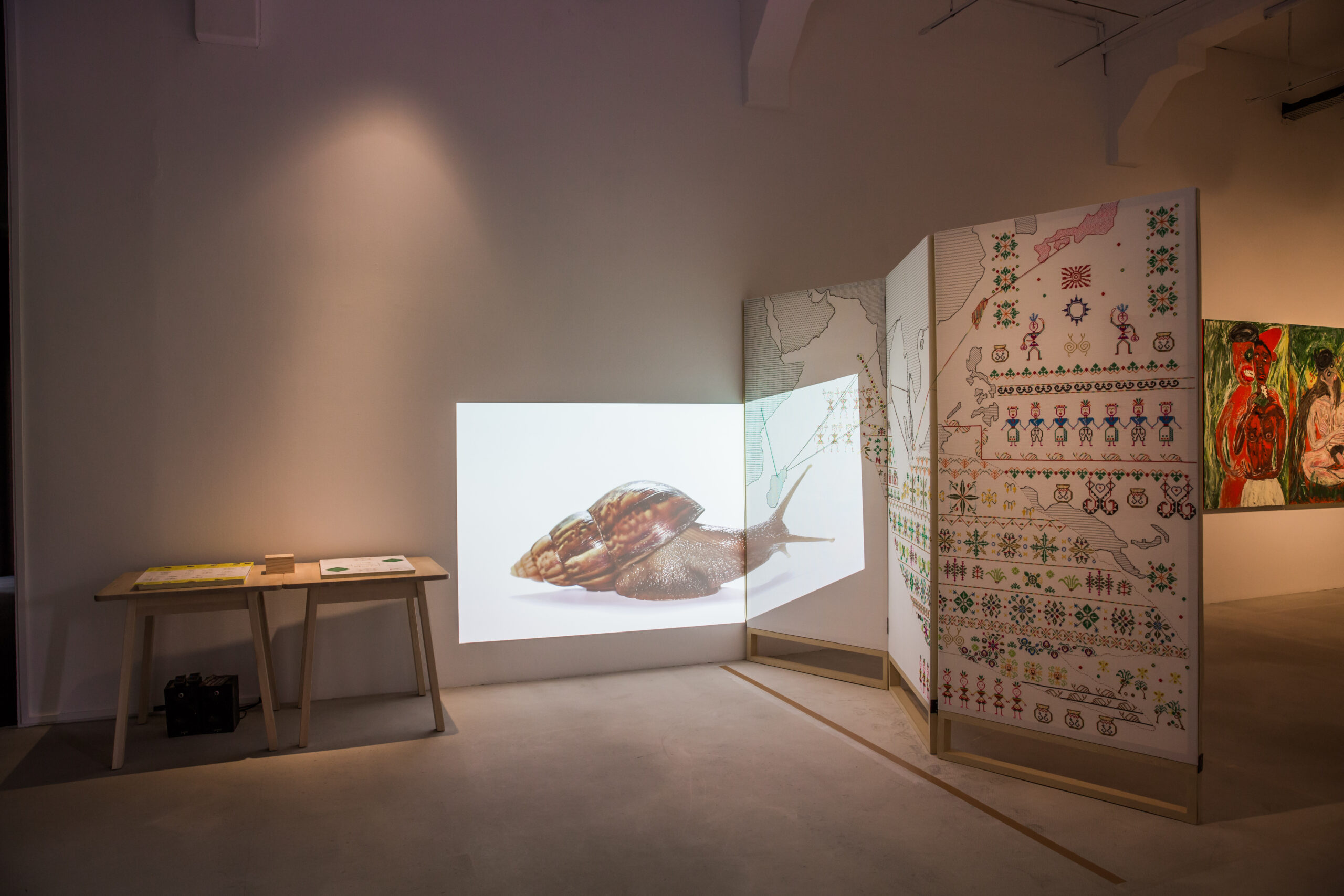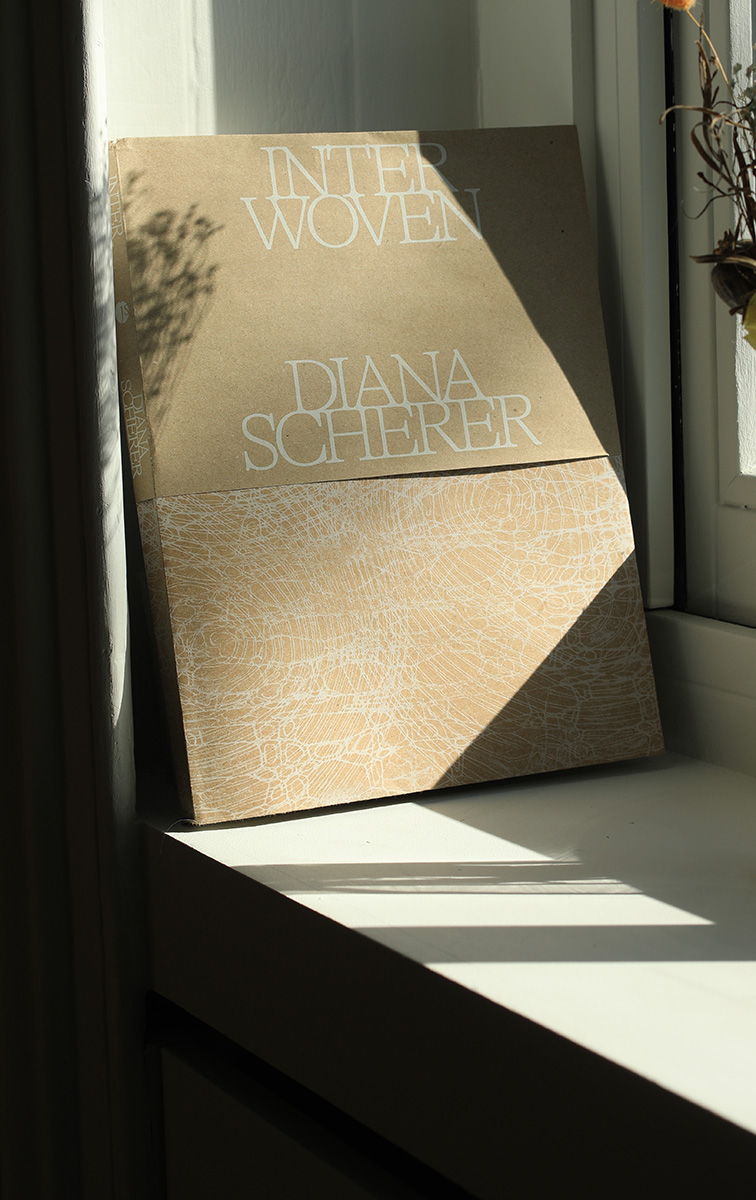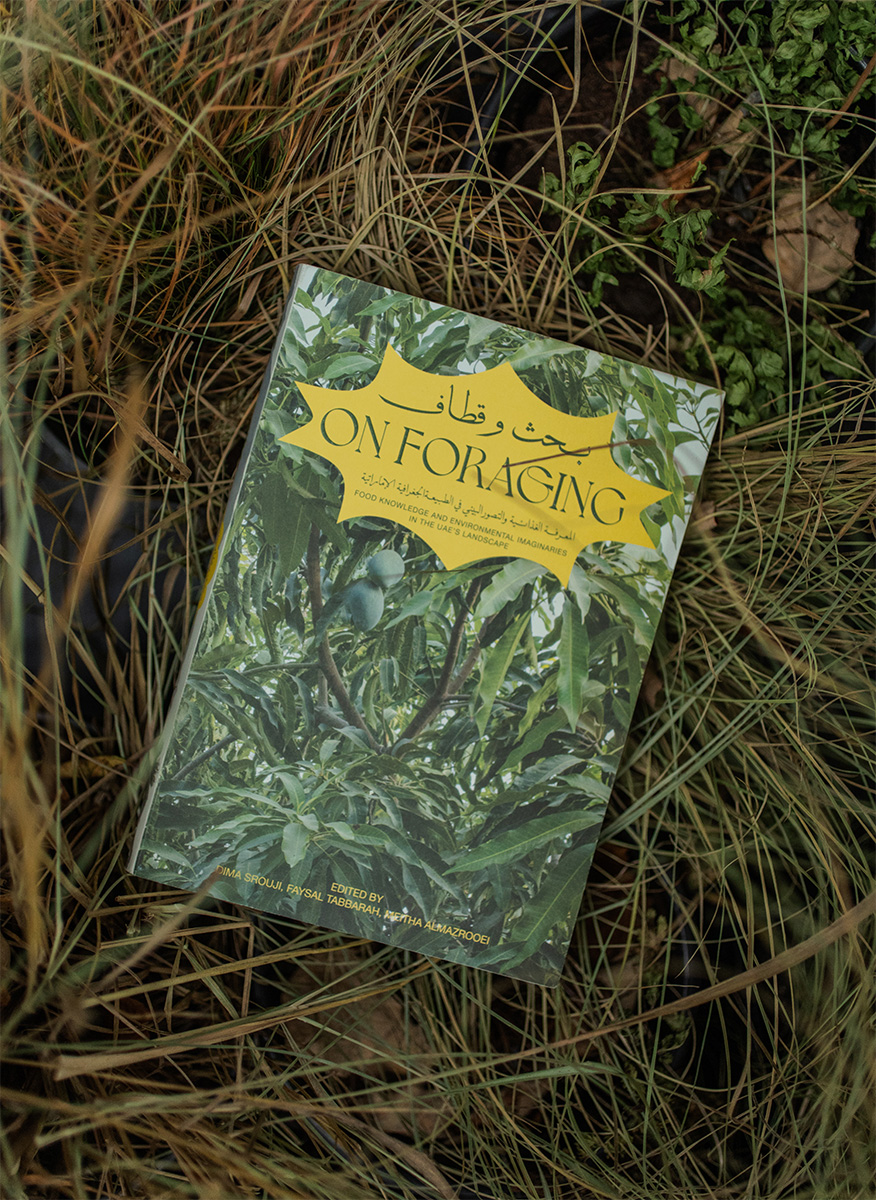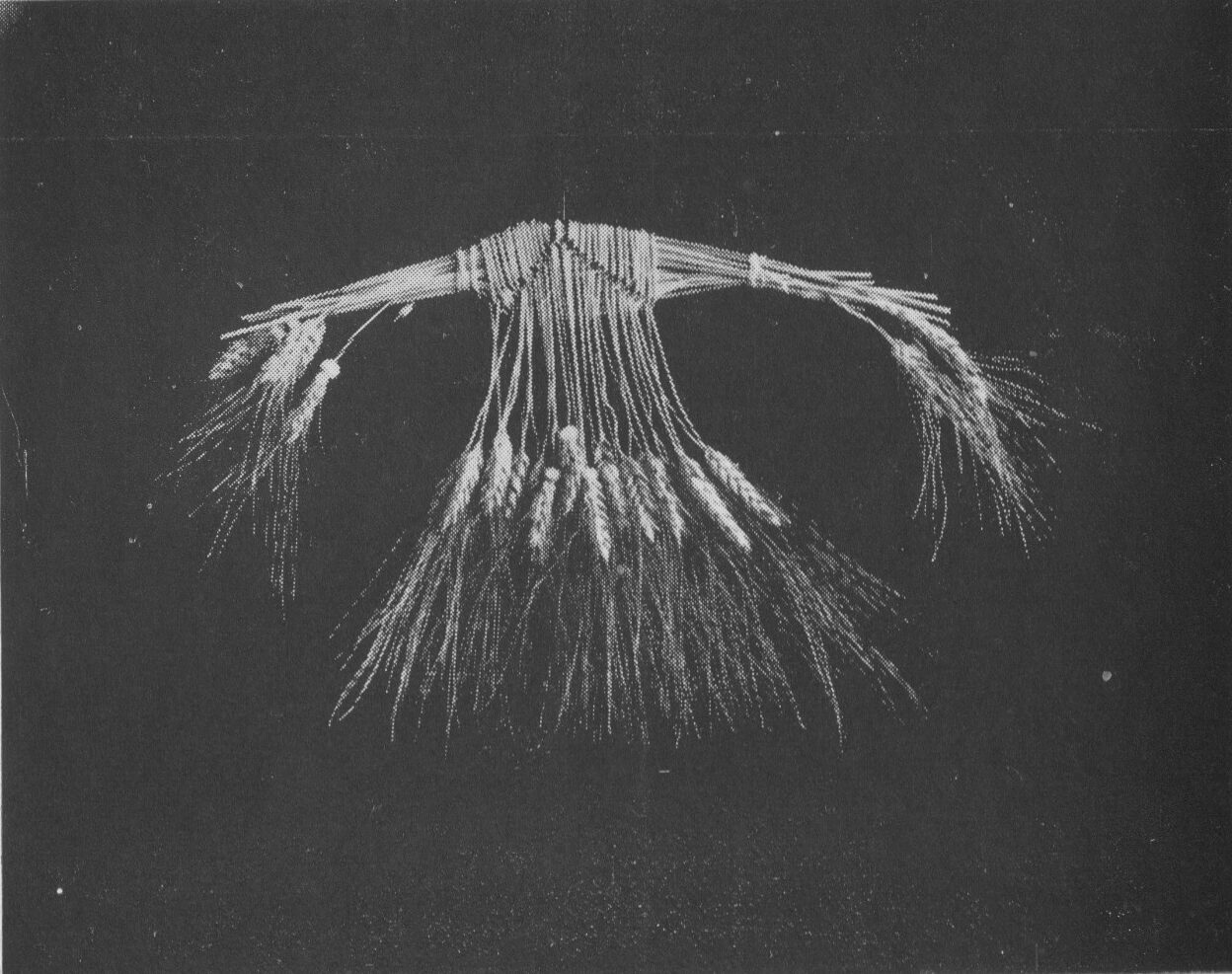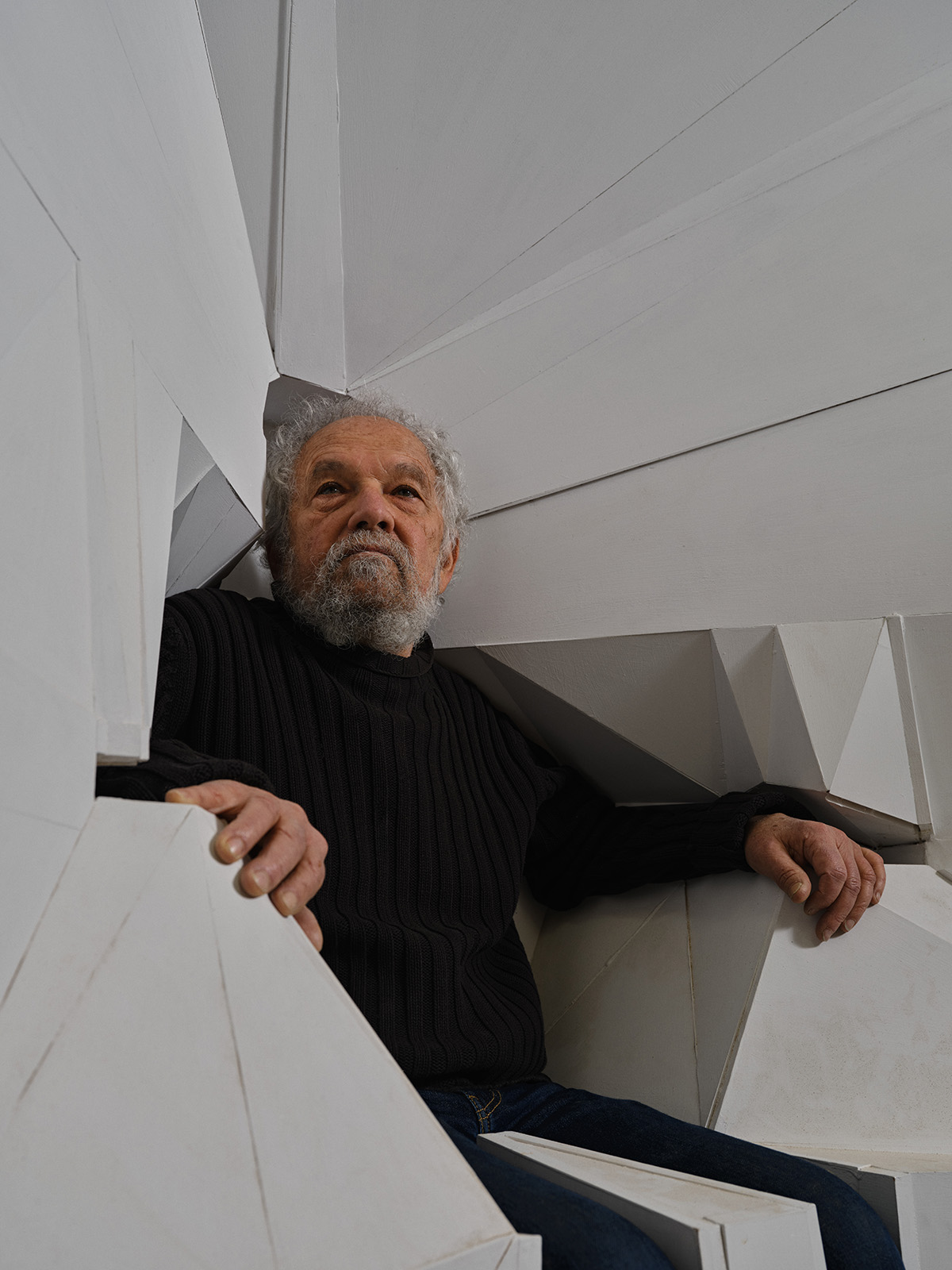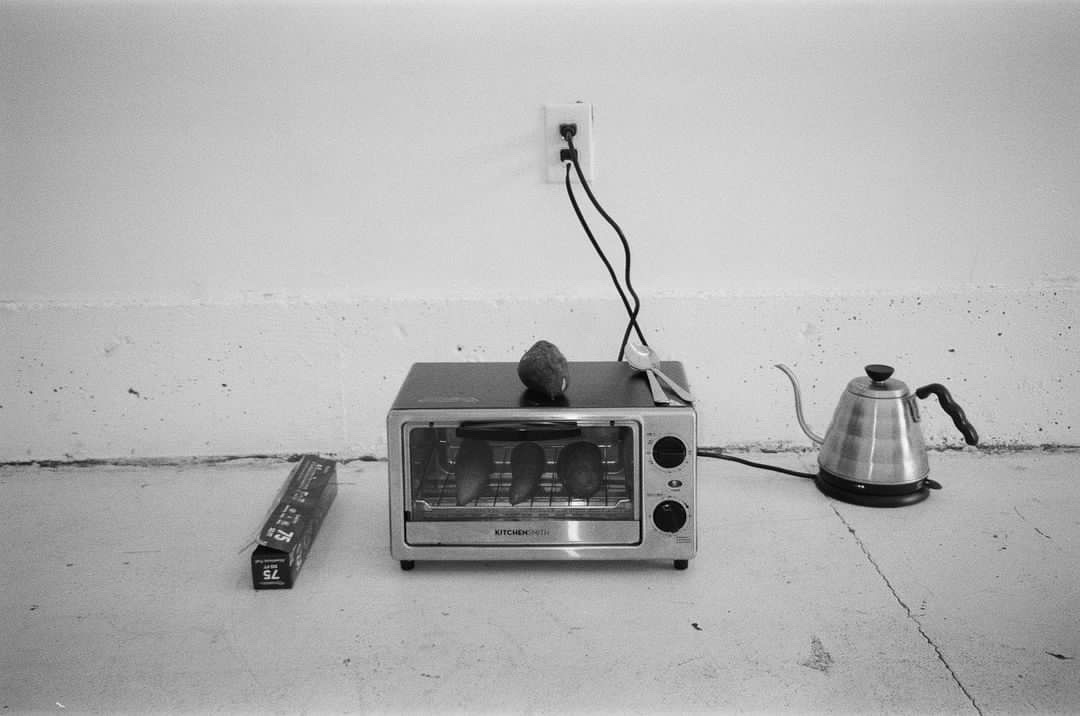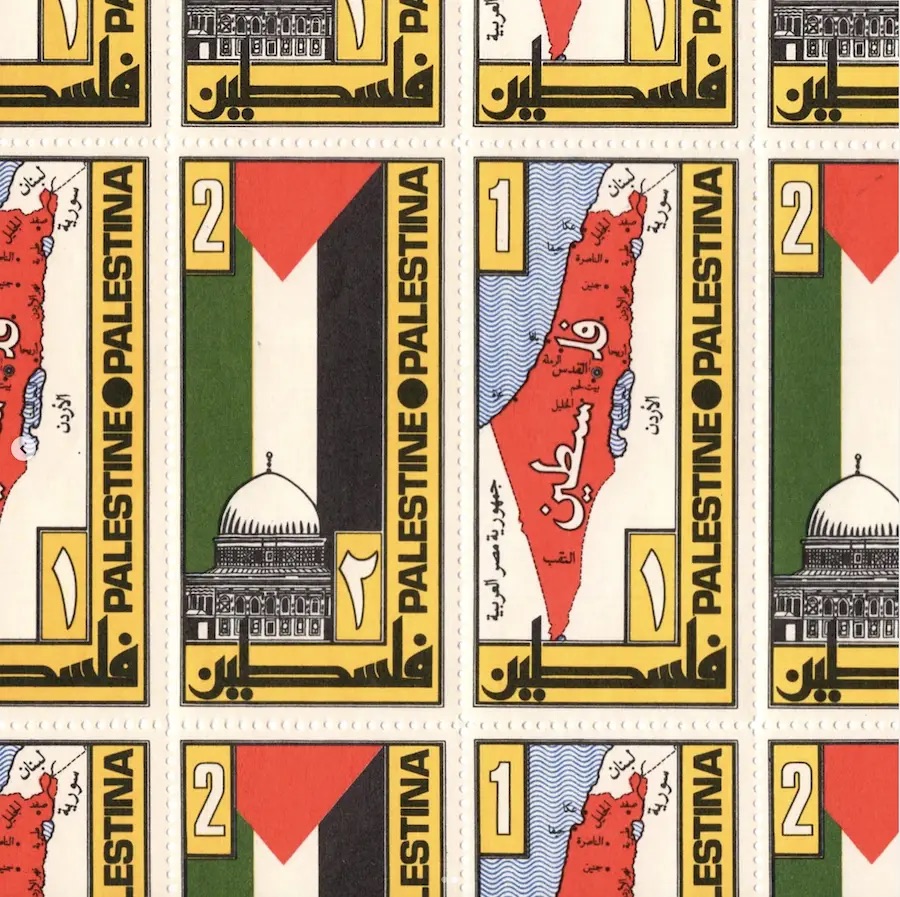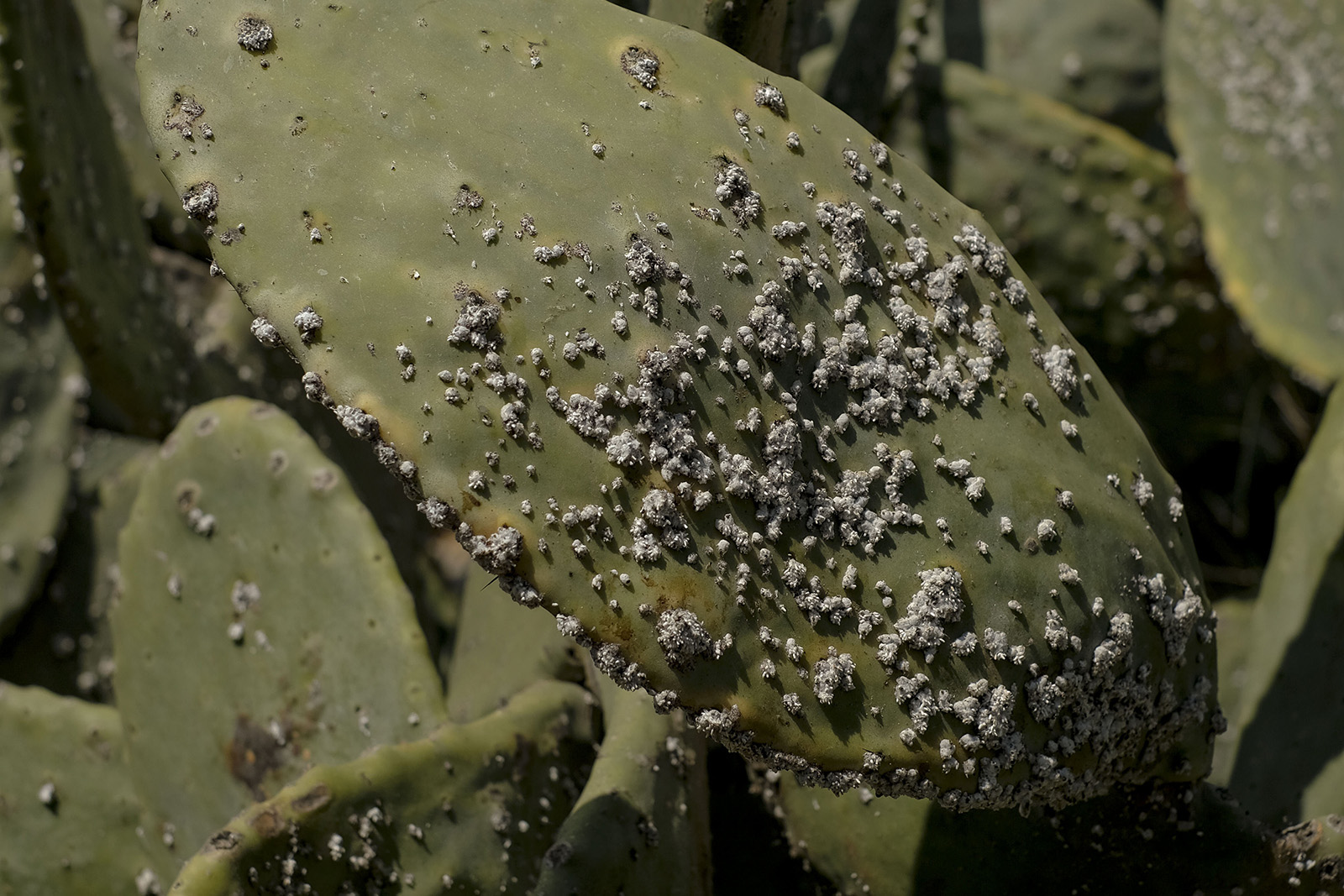When email became the standardized form of communication in the office in the early 1990s, critics feared reliance on computers and the new technology would isolate individuals1, eroding the water-cooler social ties that defined the workplace. Instead, workers simply moved their conversations online, trading news, gossip, and even recipes via email. A new project delves into the rich, personal digital archives that have formed as a result of email’s quick rise to ubiquity. The Leaked Recipe Cookbook, created by human rights and technology researcher, Demetria Glace and featuring photos by MOLD collaborator Emilie Baltz, playfully uses food as a lens through which to tell a story about privacy, the mundanity of corporate fall-out, and the parts of ourselves we share online.
- 1. “Why the Internet Won’t Be Nirvana“, Newsweek, 1995.
For Glace, it all started with a recipe for Bananas Foster. In 2017, the UK-born and Germany-based researcher had signed up to participate in an artwork that had been conceived by digital artists, Tega Brain and Sam Lavigne, called The Good Life, which delivered 100 emails from an archive of over 500,000 Enron emails to her inbox every day. The emails had originally been released publicly online by the Federal Energy Regulatory Commission (FERC), seized as a part of the investigation into the corrupt practices that led to the company’s demise. Five months into receiving these exchanges, Glace recalls opening a specific conversation between work colleagues trading tips and recipes for Bananas Foster, the gooey dessert that they had planned on bringing to a work party. “I was totally spellbound by this email, waiting to hear back on which version they decided to go for,” Glace said in a recent email to MOLD. “It got me thinking about whether other recipes were being shared in the Enron emails but also in other email leaks and releases.”
Enron was such a foodie workplace they talked about creating a company cookbook
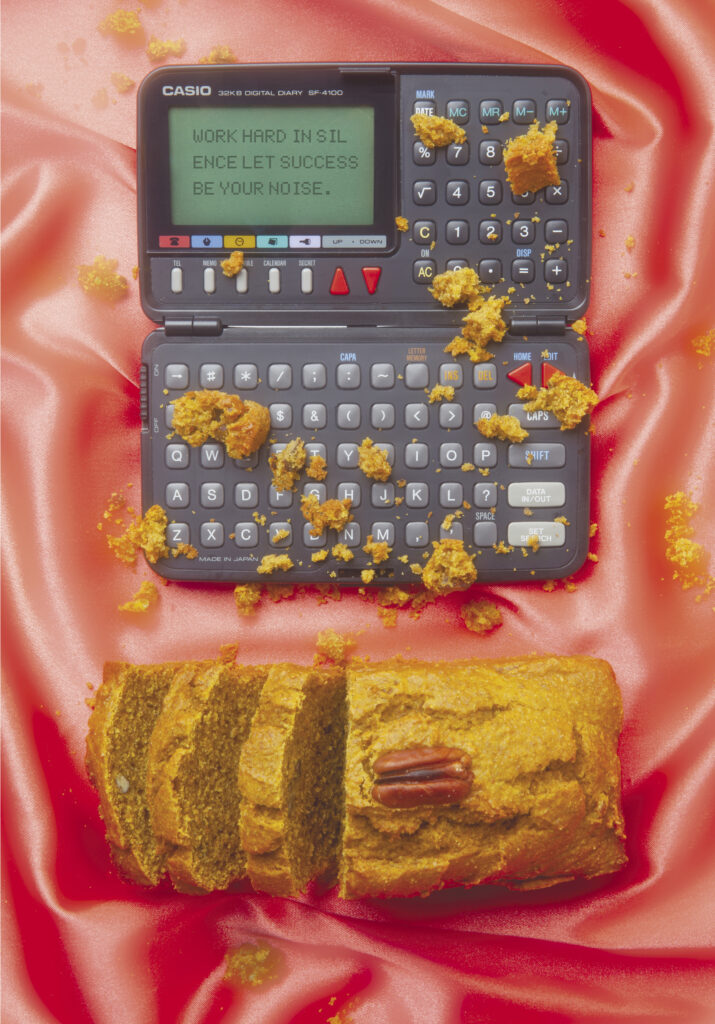
Glace sifted through every major email leak that had occurred over the past 20 years, going through the now-public inboxes of employees at companies like Enron Corporation, HBGary Federal, Stratfor, and Sony Pictures as well as public figures like Hilary Clinton and Emanuel Macron. She indexed recipes from these emails by using a group of 40-50 keyword search terms that included words like sugar, dish, cheese, pasta, chocolate, garlic, boil. In the process, she discovered how certain workplaces used food to define themselves, “Some workplaces were more “foodie” than others…Enron was such a foodie workplace they talked about creating a company cookbook. Whereas email leaks such as the Climatic Research Unit and the Italian security company Hacking Team had zero recipes.”
The recipes included in Leaked are a combination of those gleaned from email archives and ones that Glace concocted based off of email description. During her research process, she often reached out to the individuals who had originally shared recipes in order to gain more context about their connections to the food as well as their opinions on having their emails leaked to the public. Introducing this incredibly personal aspect to the project prompted Glace to reflect on her own digital fingerprint, “Along with these recipes, I found a lot of strange coincidences, stories, and gained an understanding of how these emails were leaked or released in the first place. It also made me think about my emails, and how much personal information I have within them.”
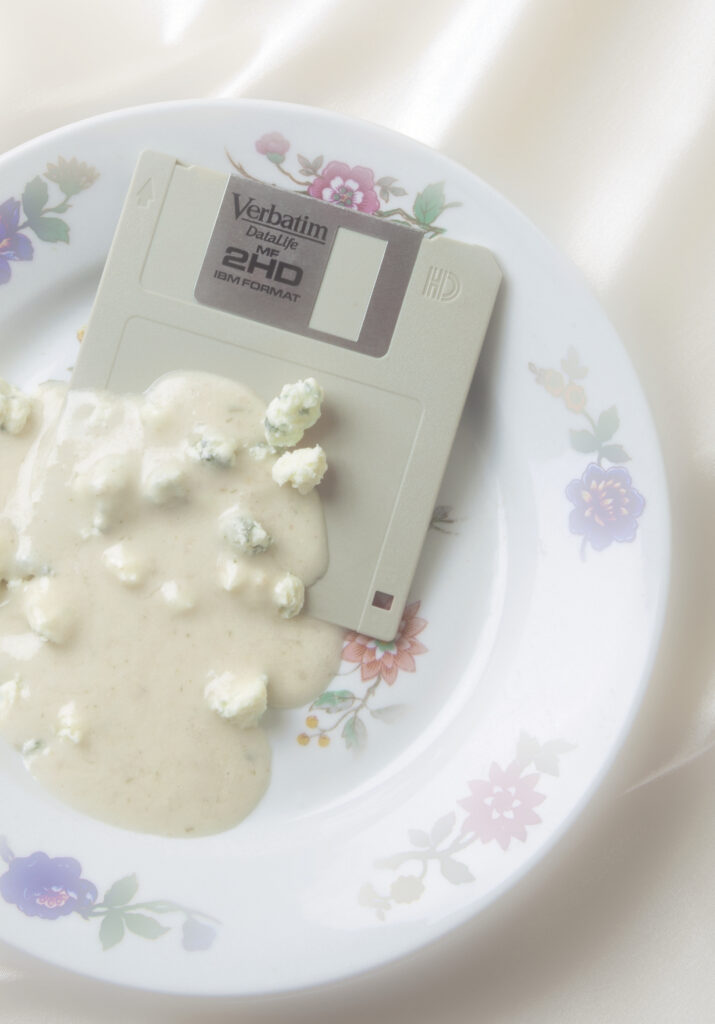
Visually conveying the recipes’ underlying contexts of privacy and surveillance was important to Glace, who developed the cookbook from Germany, collaborating virtually with the U.S.-based Baltz. The striking photographs made by Baltz combine technology and food, drawing aesthetic references to the distinctly Y2K period in which many of these leaks occurred. A recipe for blue cheese dressing is accompanied with a photograph of blue cheese expertly drizzled across a floppy disk, a red computer mouse floats innocuously in a vat of three meat chili. “The themes around the project can be ethically sticky and uncomfortable so it was important that the images reflected that,” says Glace. According to Glace, everything from the silk background and choice of camera lens (which were chosen to give off a sense of voyeurism), to the grotesque, oozing positioning of ingredients and technology were chosen by Baltz to evoke the feeling of prying into the private lives of others. “It was really important to us to bring in some playful elements to this book as privacy and security can be scary topics to engage in, and seeing a cupcake smashed over an old Motorola flip phone definitely fulfilled that brief.”
